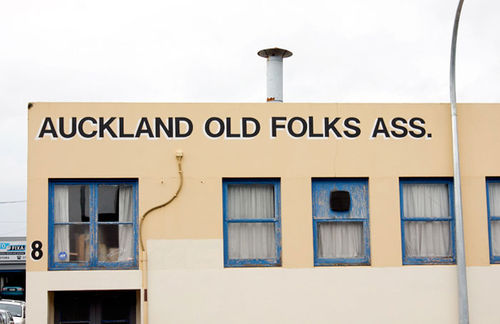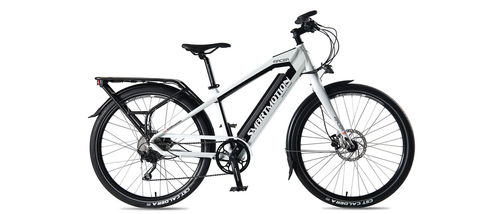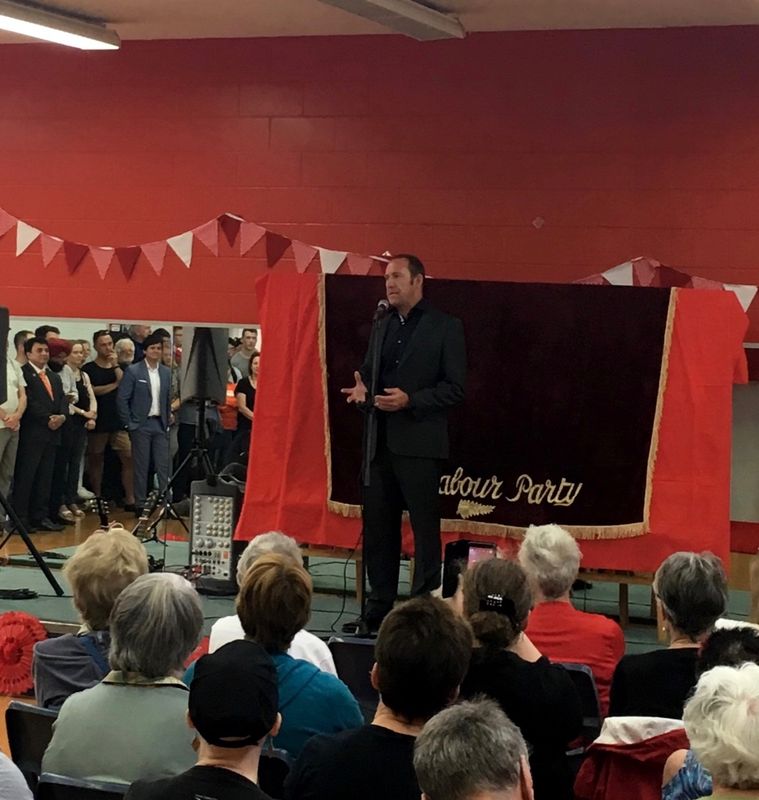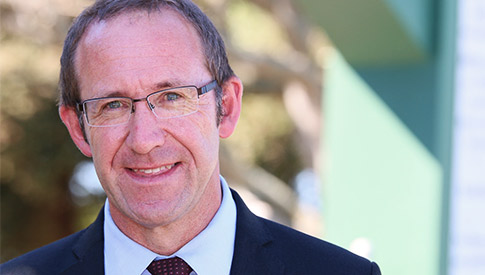I've noted here before my bemusement at self-professed conservatives who don't seem to mind the way first Donald Trump the candidate and President of the US Donald Trump has been determined to throw onto a bonfire the institutions and principles they're supposed to treasure.
As it happens, The Guardian has given John Daniel Davidson, a senior correspondent for the Federalist, a chance to explain himself. The column he submitted does nothing more clearly than demonstrate the feeble, desperate place American conservative thought has got itself to.
Let's start in the middle, with the heroin. Like everything else, Davidson blames American's middle-class heroin crisis on Obama.
Except for the heroin. Like many suburban and rural communities across the country, Akron is in the grip of a deadly heroin epidemic. Last summer, a batch of heroin cut with a synthetic painkiller called carfentanil, an elephant tranquilliser, turned up in the city. Twenty-one people overdosed in a single day. Over the ensuing weeks, 300 more would overdose. Dozens would die.
Wait up. America's heroin crisis is a consequence of the way big drug companies were allowed (long before Obama) to market powerful, addictive synthetic painkillers for chronic pain conditions. By the time the tap was belatedly turned off, there were millions of addicts who became something new: middle-class heroin users.
But Trump was going to rein in the drug companies and directly negotiate prices. Right up until his first meeting as president with pharma lobbyists (he was going to have no truck with lobbyists), from which he emerged saying he wasn't going to do any of that. (The day after that meeting, it emerged that Kaleo, the maker of the only auto-injector for naloxone – a lifesaving antidote for opioid overdose – had jacked up the price of its product by 680%.)
Davidson then asks us to believe that Trump voters "want him to dismantle Dodd-Frank financial regulations for Wall Street". Do they really? The removal of Dodd-Frank's consumer protections would surely be against their interests – and, more to the point, at odd with his promise to rein in Wall Street. Indeed, when Glover Park Group polled the issue with self-identified Trump voters late last year, only 27% wanted Dodd-Frank scrapped or tempered and 47% wanted to keep it as is. Only 7% wanted to see the Consumer Financial Protection Bureau scrapped, yet Trump has announced that he will hobble that agency. (Given that he has stacked his administration with Goldman Sachs alumni – the very moneylenders he constantly promised to cast out of the temple – this isn't exactly a surprise.)
Davidson offers that ordinary Americans think the financial crisis was brought on by "the excesses of Wall Street bankers", yet insists that those same people want to see the end of any restraint on the excesses.
Davidson doesn't bother himself with the implications of a return to trade protectionism, except to note that many Republicans disagree. He manages to not make clear who would pay a 20% "border tax" – that is, consumers. He offers no argument that the wall with Mexico would actually achieve anything for its billions of dollars in costs (face it, it's going to be the boondoggle to end all boondoggles), because apparently all that matters is that its construction will make his ordinary American Trump voters feel better. And a reckless threat to invade Mexico on the hazy grounds of "bad hombres"? Better yet. Nothing has to make sense if it makes people feel better.
Similarly, Davidson invokes "recent polls" to argue that Americans are prepared to overlook the chaos and incompetence of the travel ban. Actually, polling by Gallup and CBS sharply showed the opposite and even in the Reuters poll, which found a plurality in favour, only 31% thought it would make Americans safer. What is it actually for, then?
It's telling that nowhere in his screed does Davidson acknowledge that people who might actually be hurt by some still-unspecified immigration clampdown include Americans, even though the small-town folks supposedly applauding the chaos will soon find themselves short of the migrant doctors who staff their clinics. The people who delivered Clinton her popular vote win than took to the streets last month live apparently not in cities, but in "enclaves". They are an "elite". Moreover, they are, by implication, not white.
He also argues that "millions turned to food stamps and welfare programmes just to get by" during the Obama years. Well, yes – the safety net was always going to be strained by the worst American financial crisis since the 1930s. But he somehow forgets to note that the number of Americans in the SNAP "food stamps" programme has actually been falling since 2013. Trump currently has a draft executive order on his desk that would ban first-generation immigrants (and their children) from the SNAP programme. Legal immigrants. The consequences of doing so would be horrifying in a number of ways. But if it makes Davidson's middle-of-the-country white folks feel better, it's all good, right?
As I've noted previously, the Gallup and Pew studies of Trump voters leading up to the election found that they were, by and large, economically secure – and that their considerable unease with immigrants was cultural rather than economic.
Well, okay. Cultural insecurity is a real feeling. But is it really a good basis for the pursuit of logically incoherent actions, and for the destruction of a post-war order – global as well as national – and its accompanying institutions? For what looks like nothing so much as an unending tantrum? It's like validating an angry teenager's wish to burn the house down because it makes him happy.
Remarkably, as he lauds Trump's performance as a "champion for the forgotten millions", Davidson finds no space to look at what Trump's advisor, Steve Bannon, believes. The same Bannon appointed to the National Security Council – in place of the head of the Joint Chiefs of Staff – in an executive order that Trump appears to have signed without actually reading.
As Jonathan Freedland notes in another column in the same paper, it ironically falls now to liberals to do what used to be the job of conservatives: to defend order.



